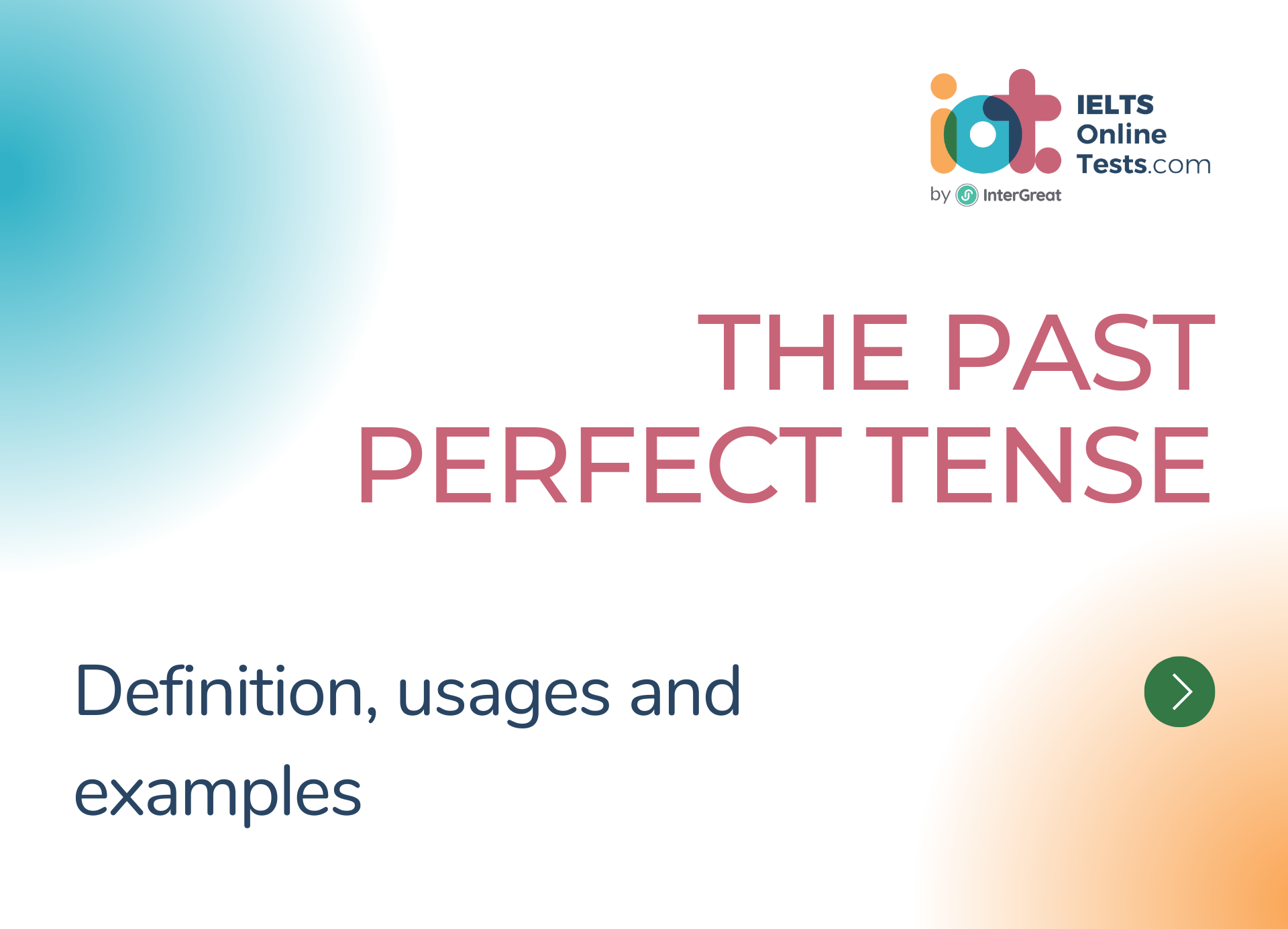
The past perfect tense
The past perfect tense is used to describe an action that occurred before another action or a specific point in the past. It indicates that the action was completed in the past before another event or reference point took place.
Here's a detailed explanation of the past perfect tense:
Formation of the Past Perfect Tense:
- The past perfect tense is formed by using the past tense of the auxiliary verb "to have" (had) followed by the past participle form of the main verb.
- Example: "She had already finished her homework."
Usage of the Past Perfect Tense:
- Describing an action that happened before another action in the past:
- Example: "He had already left when I arrived."
- Indicating an action that was completed before a specific point in the past:
- Example: "By the time she arrived, I had already eaten."
- Referring to an event that occurred in the more distant past:
- Example: "They had visited that city many times before."
- Expressing regrets or unrealized past events:
- Example: "I wish I had studied harder."
- Describing an action that happened before another action in the past:
Examples of the Past Perfect Tense:
- "I had already seen that movie."
- "She had finished her work before the deadline."
- "They had traveled to Europe twice before they turned 25."
- "By the time I woke up, she had already left."
- "He had never tasted sushi until yesterday."
Time Expressions Used with the Past Perfect Tense:
- Time expressions such as "before," "after," "by the time," "already," "never," "until," "once," and "twice" are commonly used with the past perfect tense.
- Example: "She had finished cooking by the time we arrived."
Negative and Interrogative Forms:
- To form negative sentences, add "not" after the auxiliary verb "had."
- Example: "He had not seen the movie before."
- For interrogative sentences, invert the subject and the auxiliary verb "had."
- Example: "Had you finished your homework?"
- To form negative sentences, add "not" after the auxiliary verb "had."
The past perfect tense allows us to describe an action that happened before another past event or a specific point in the past. It helps establish the chronological order of events and provide context to past actions. By using this tense correctly, we can convey a clear sequence of past events in English.




